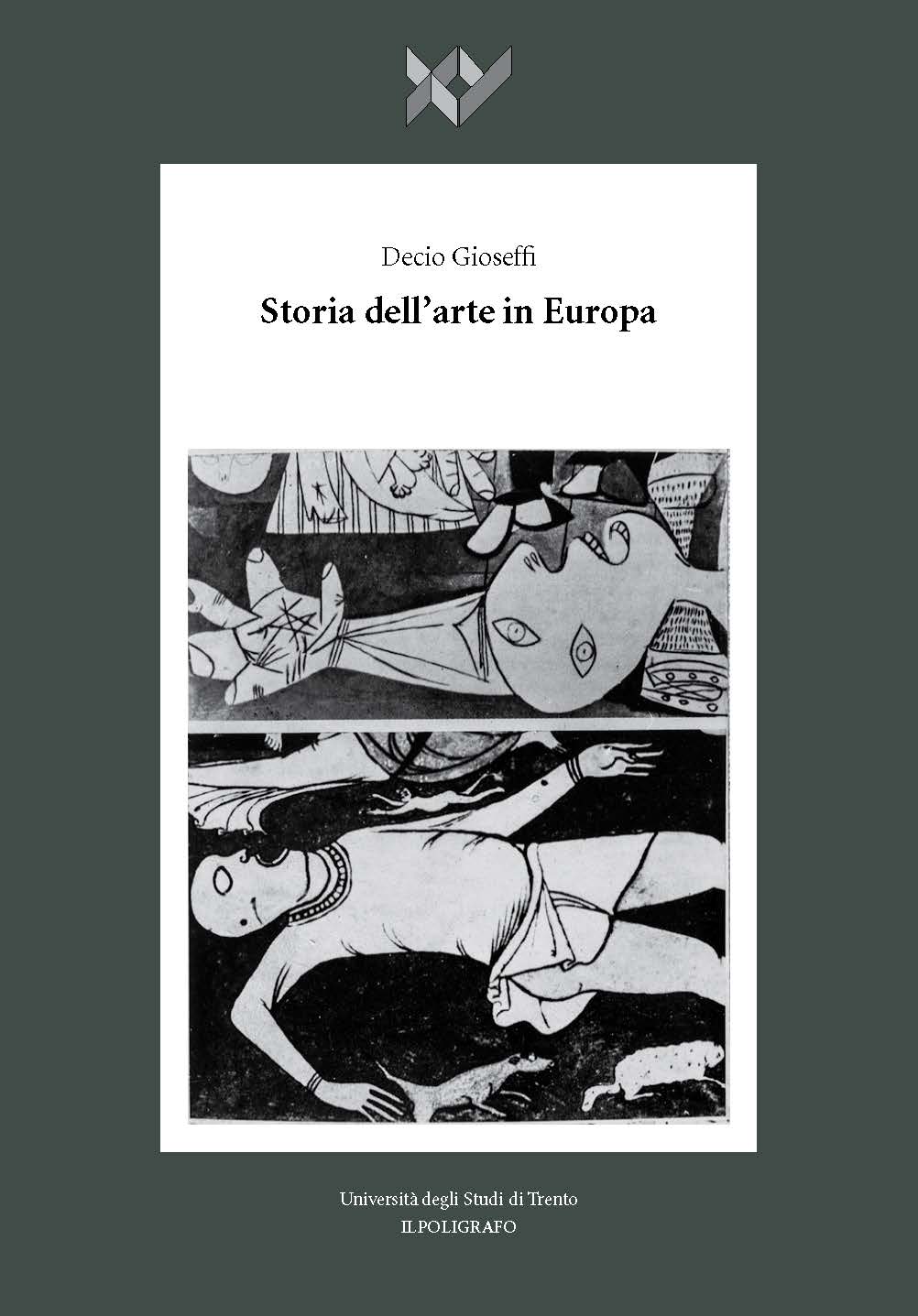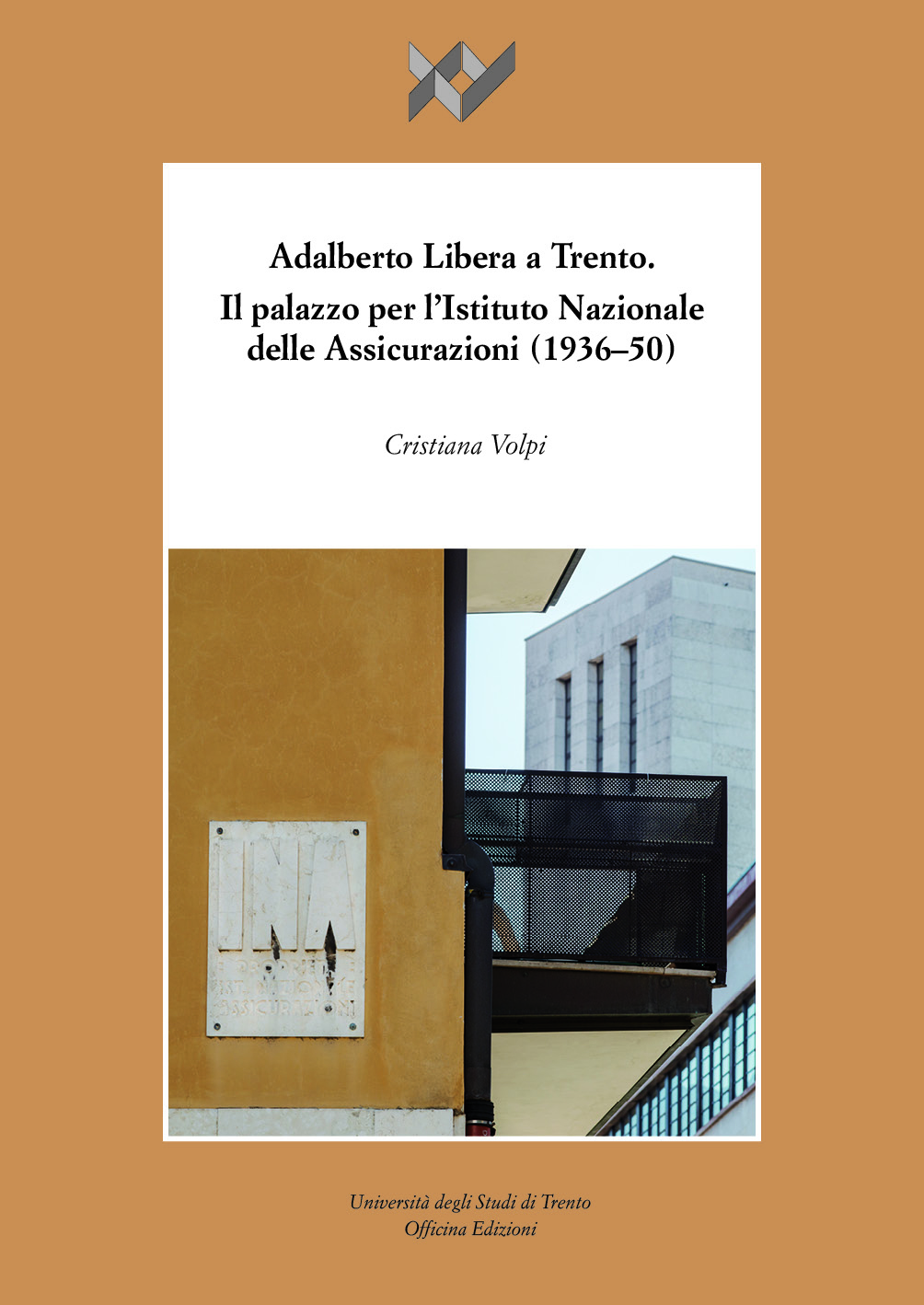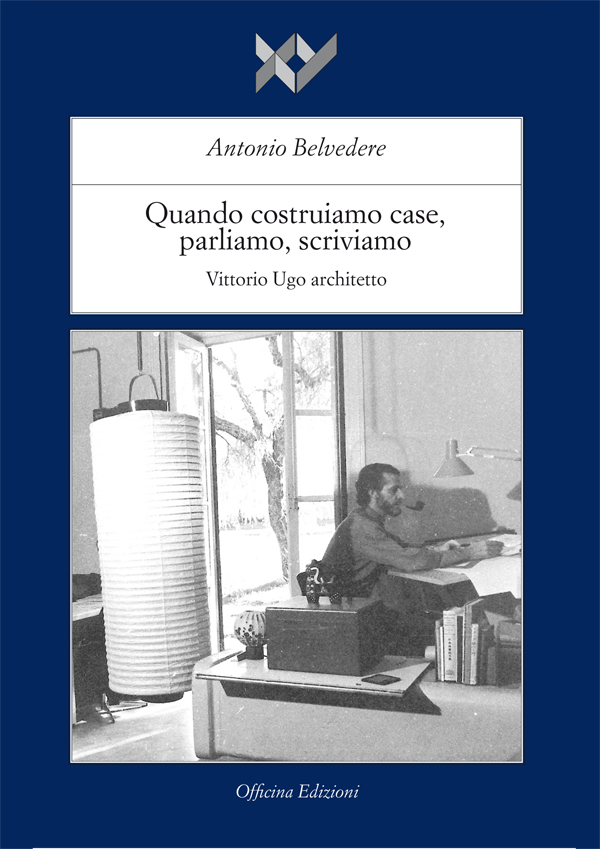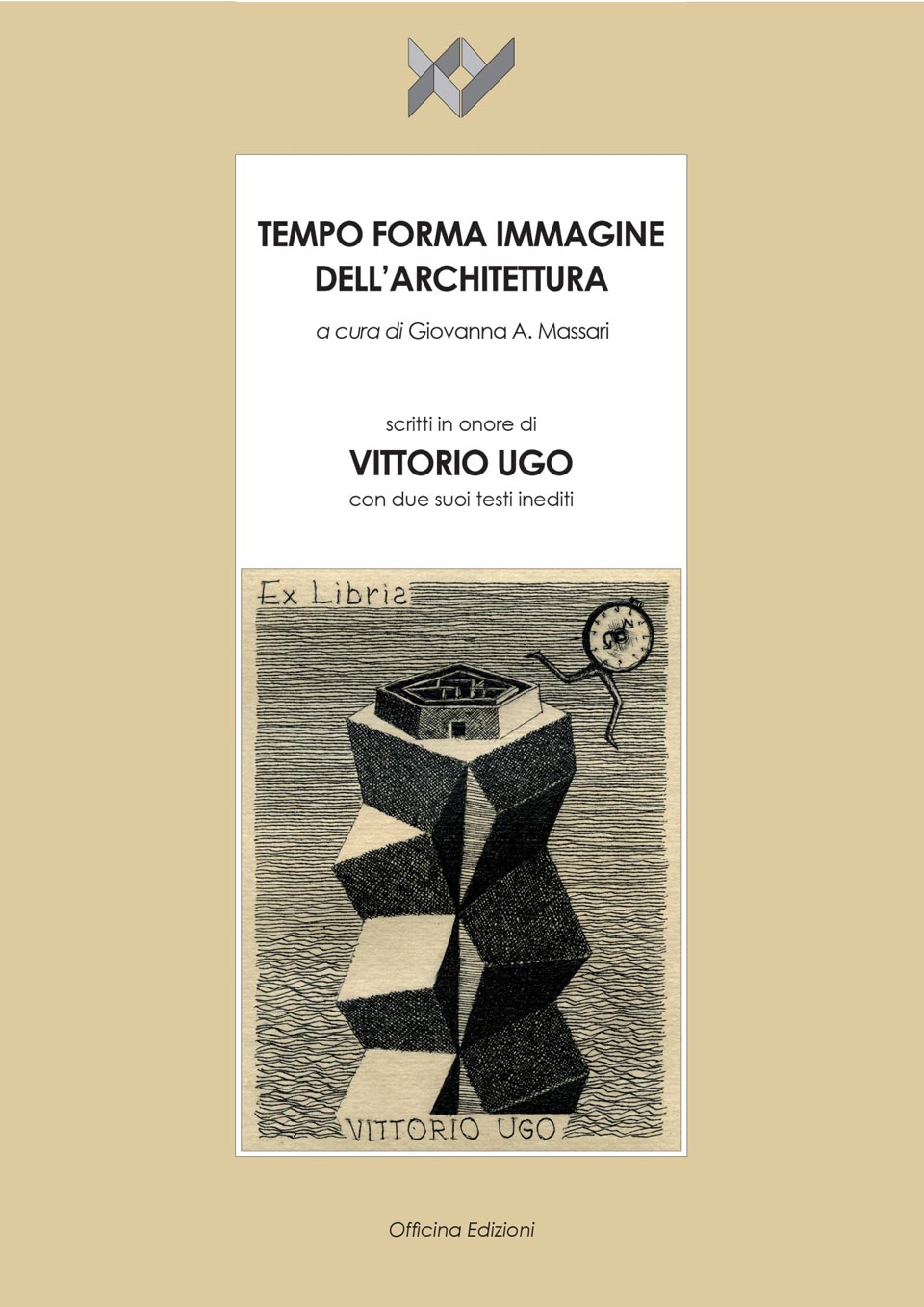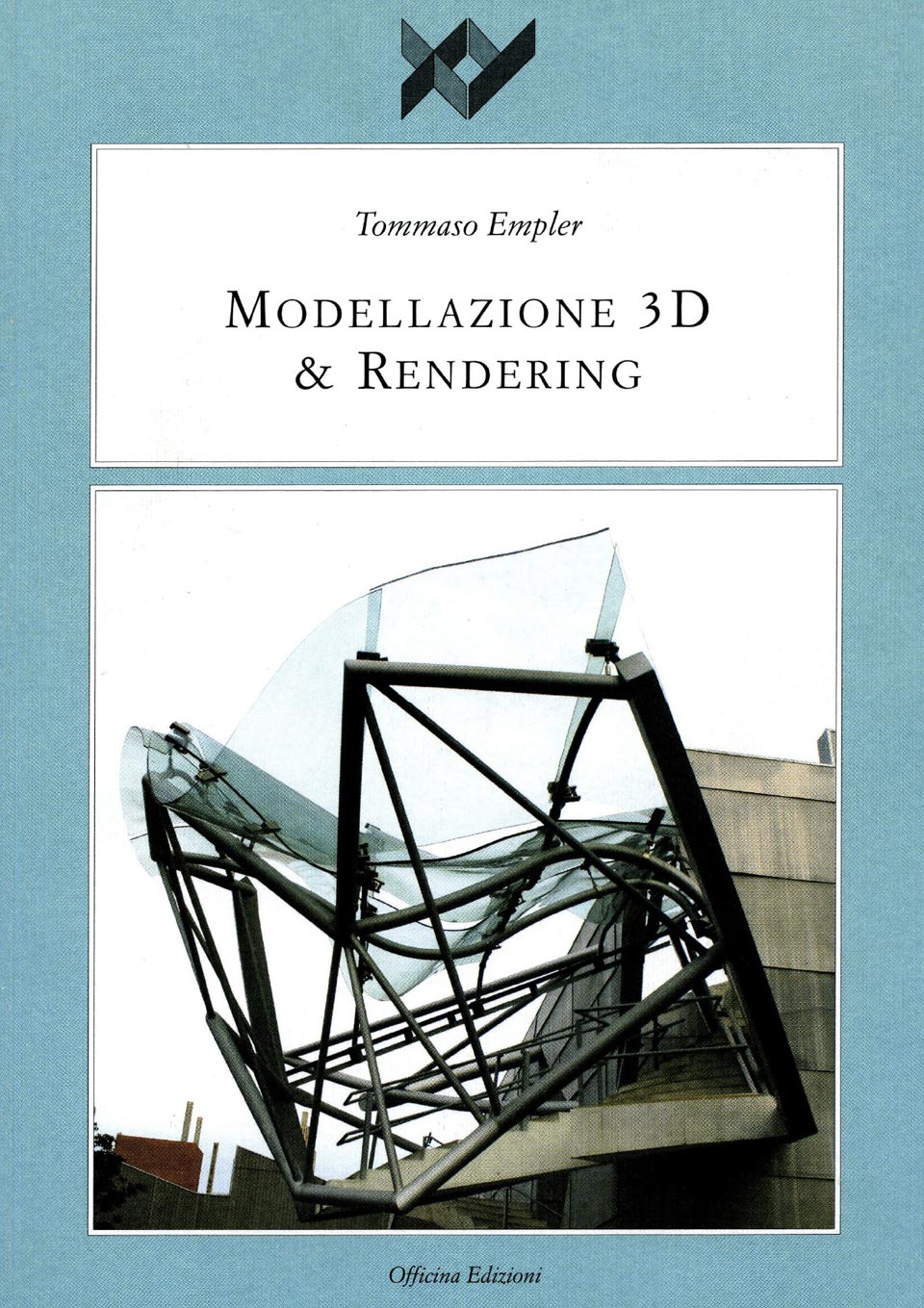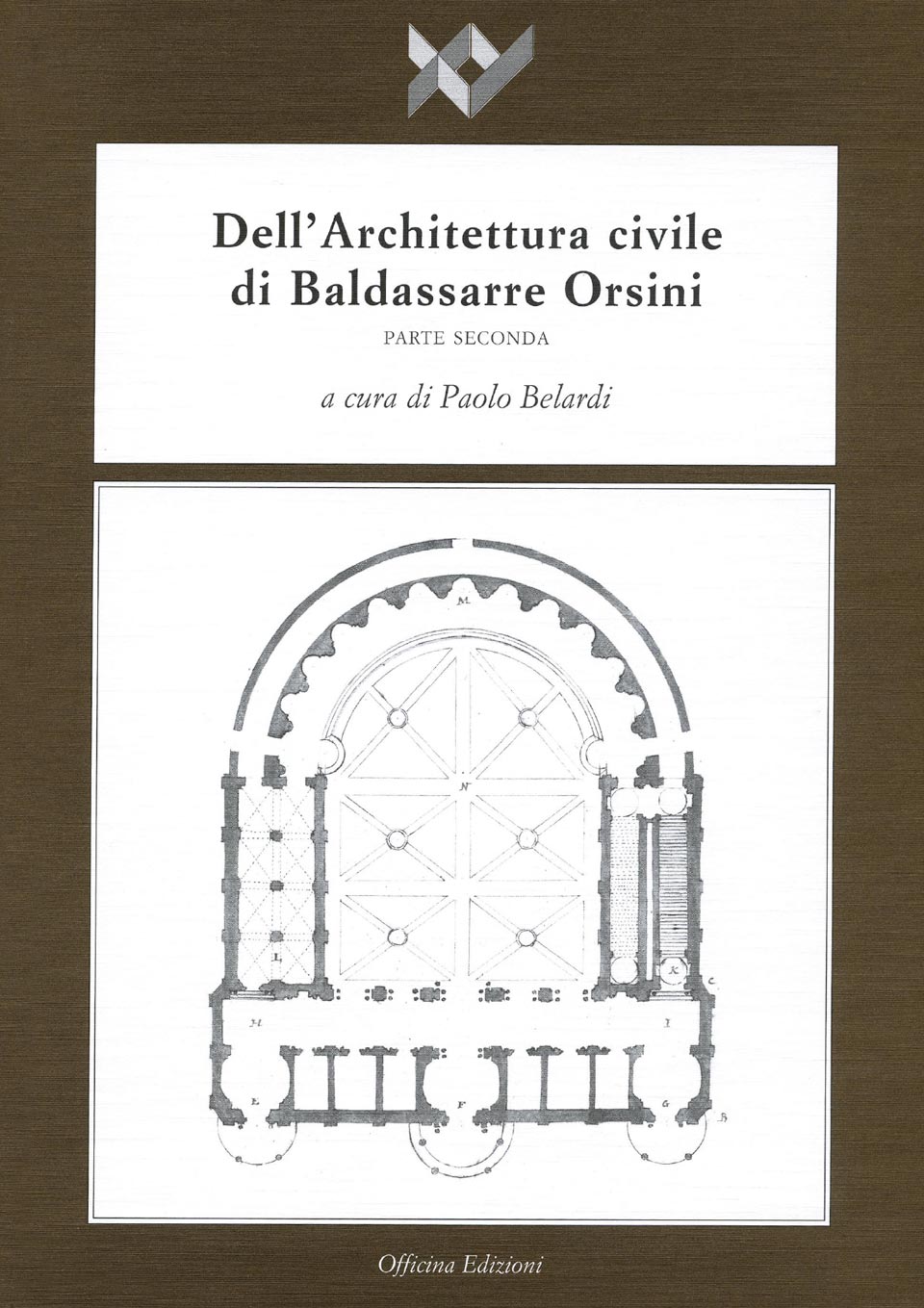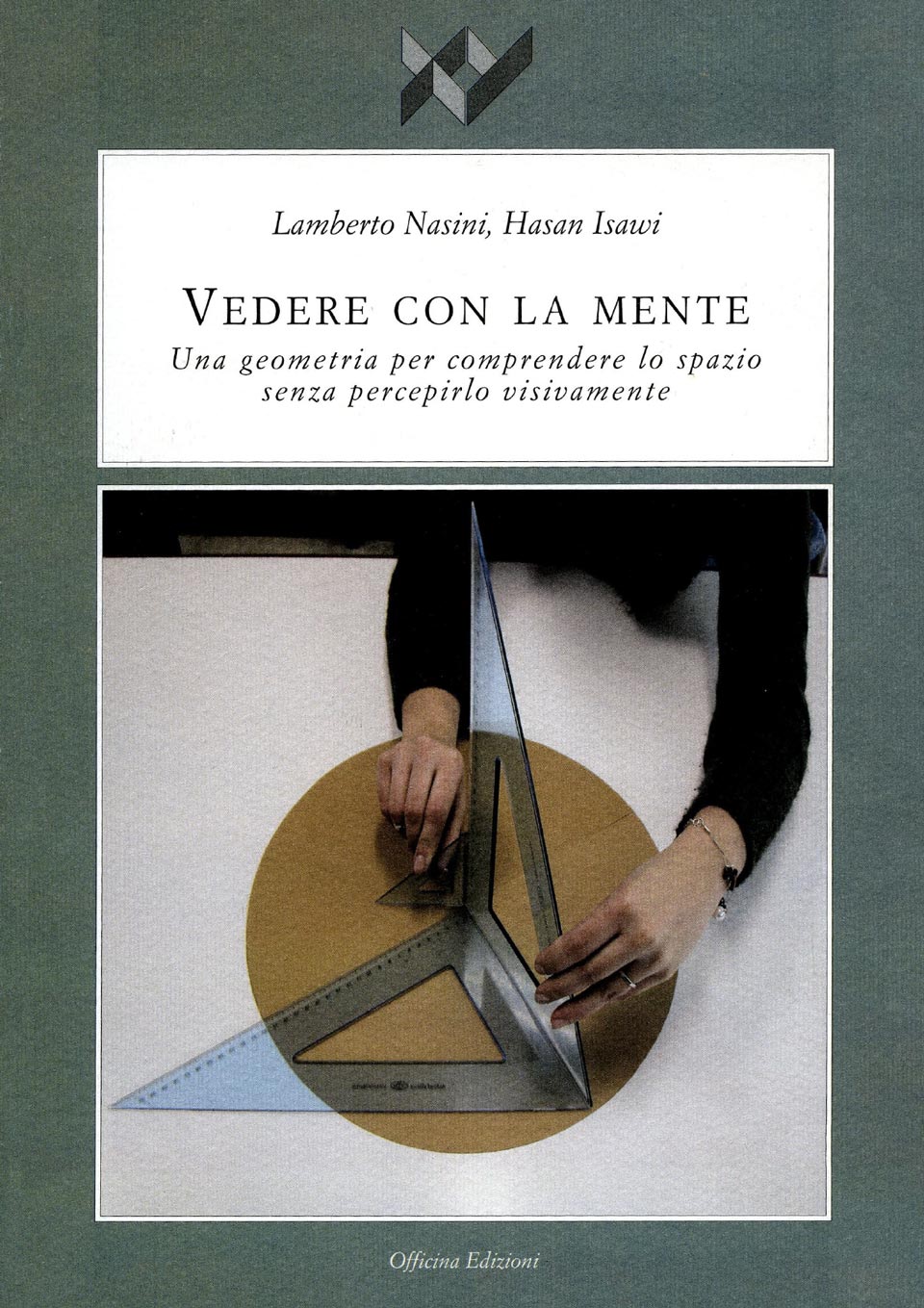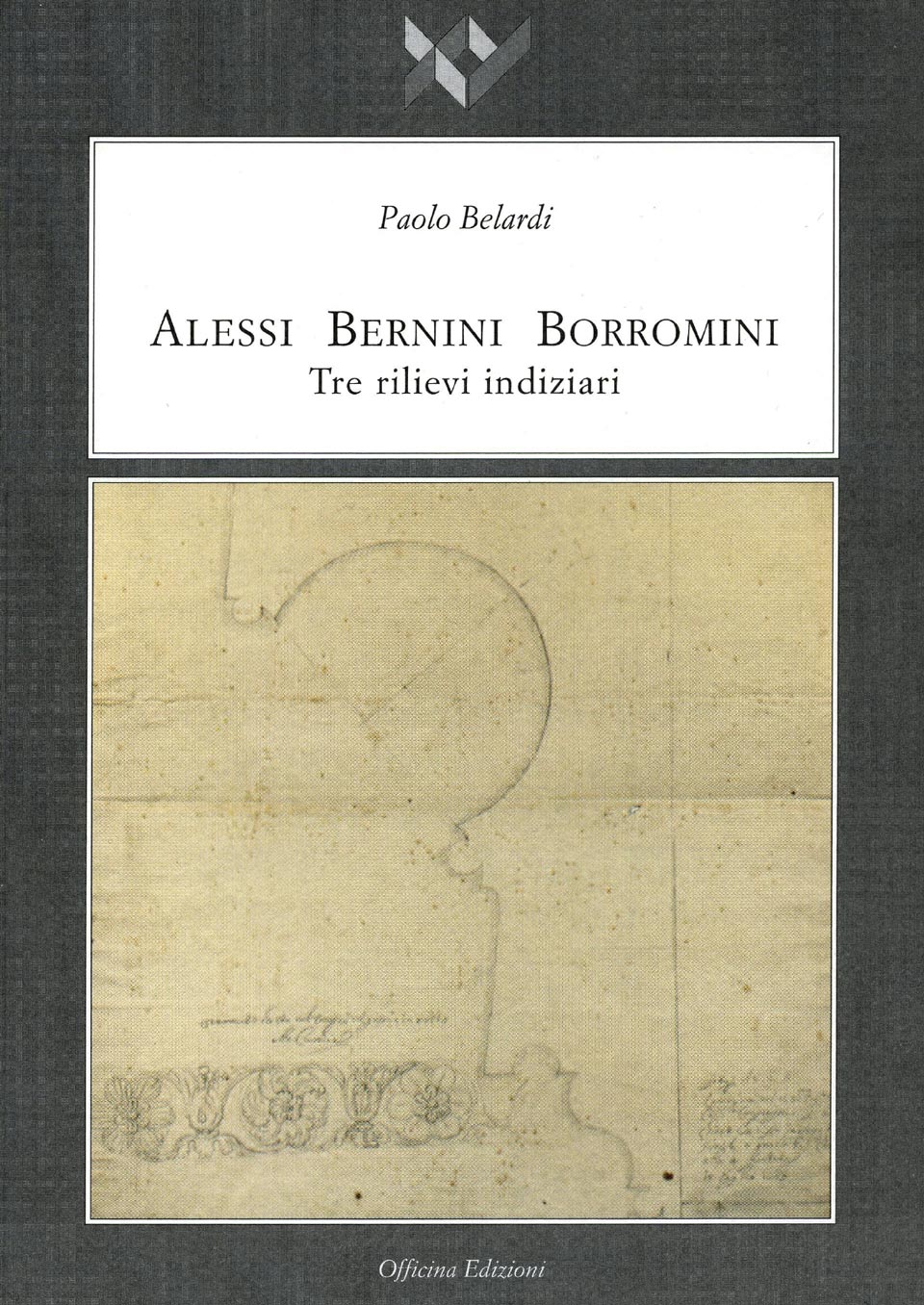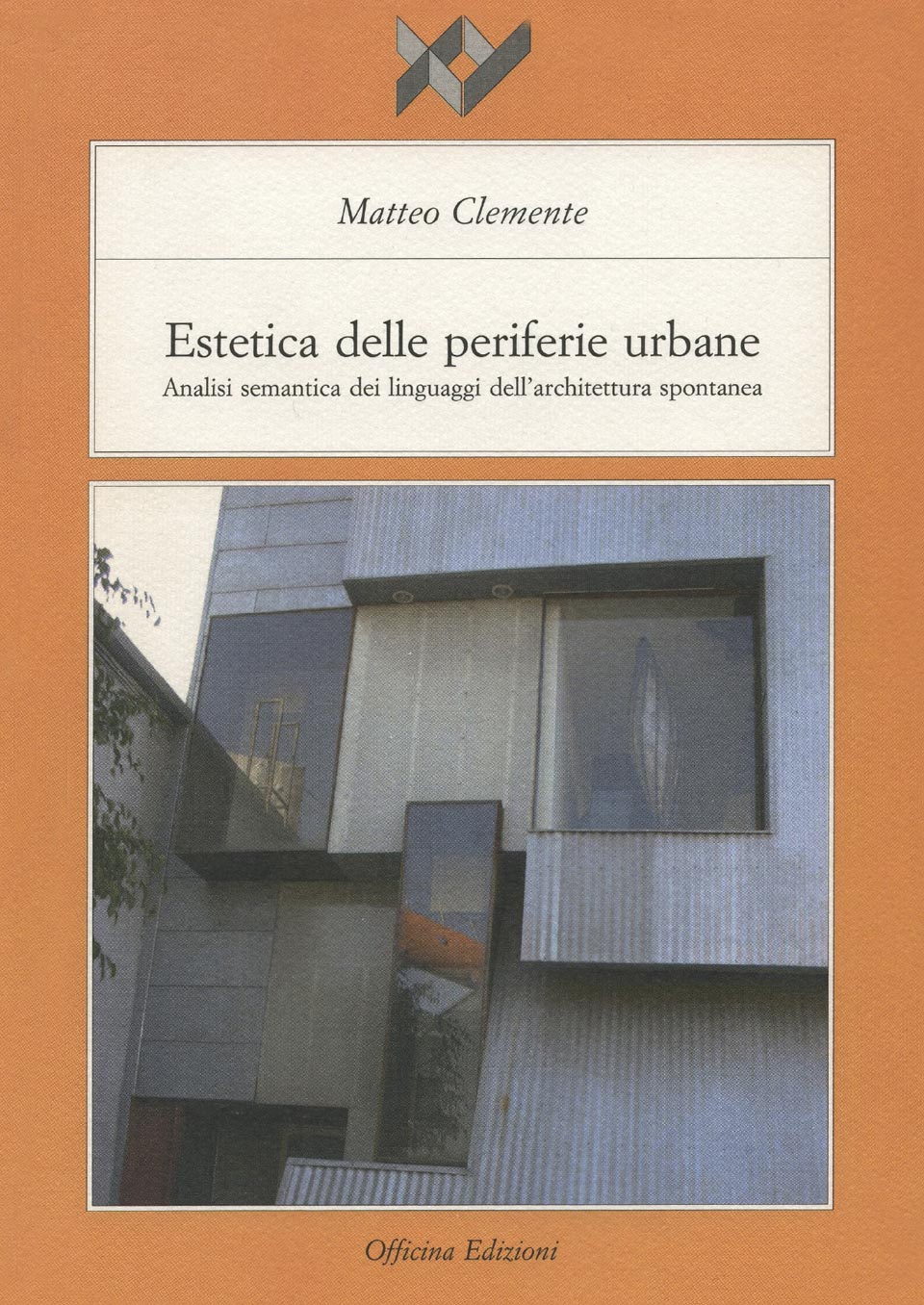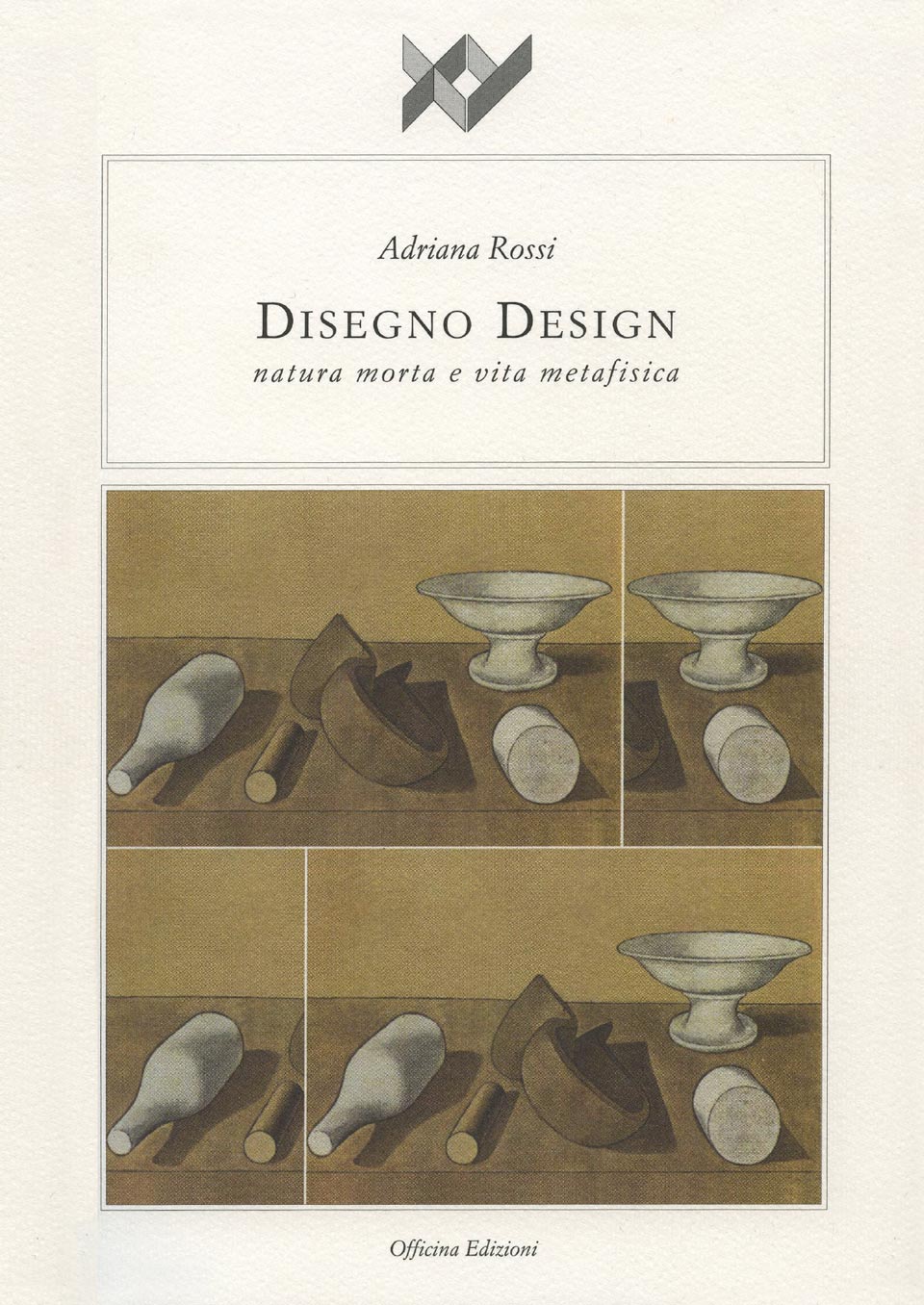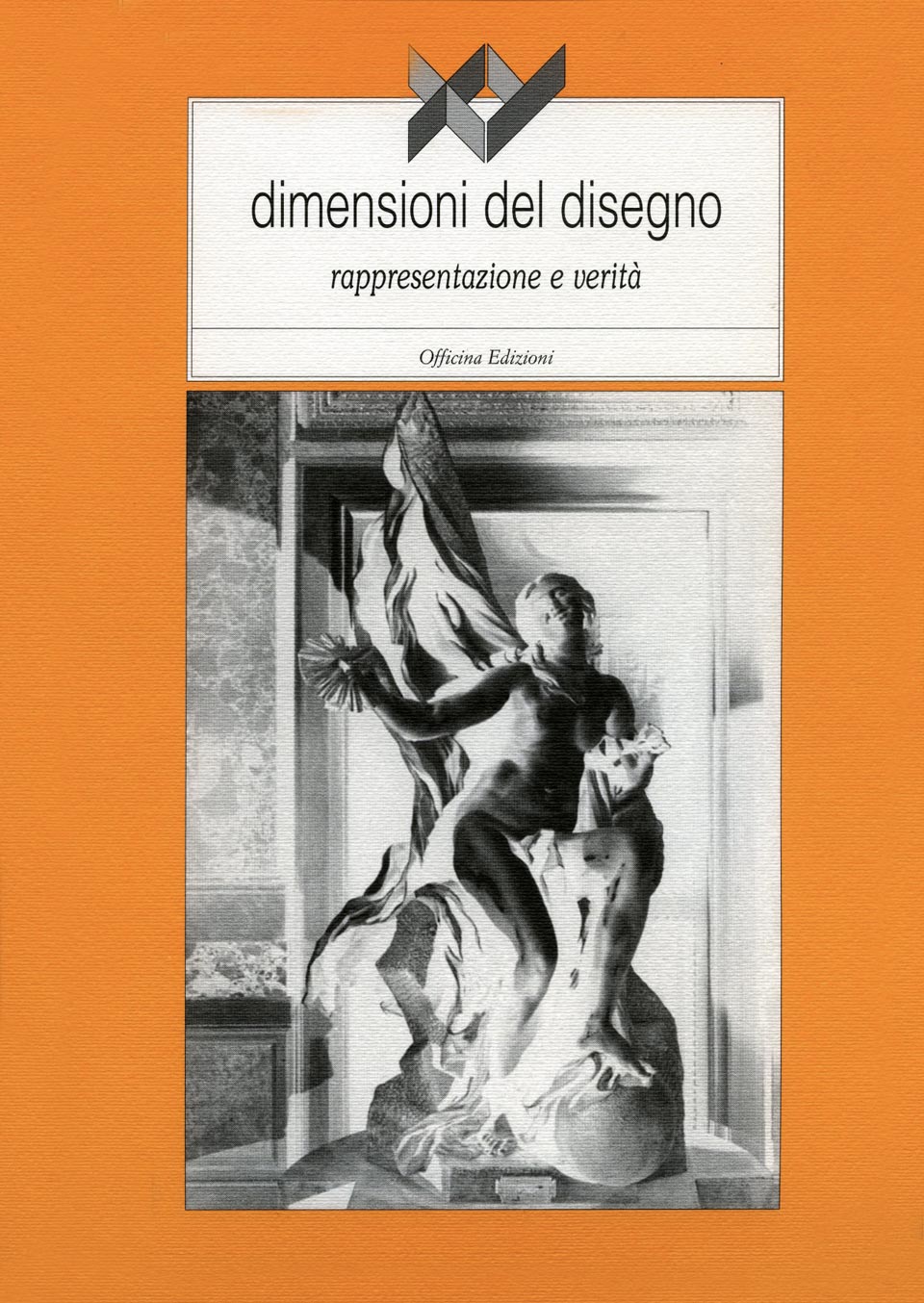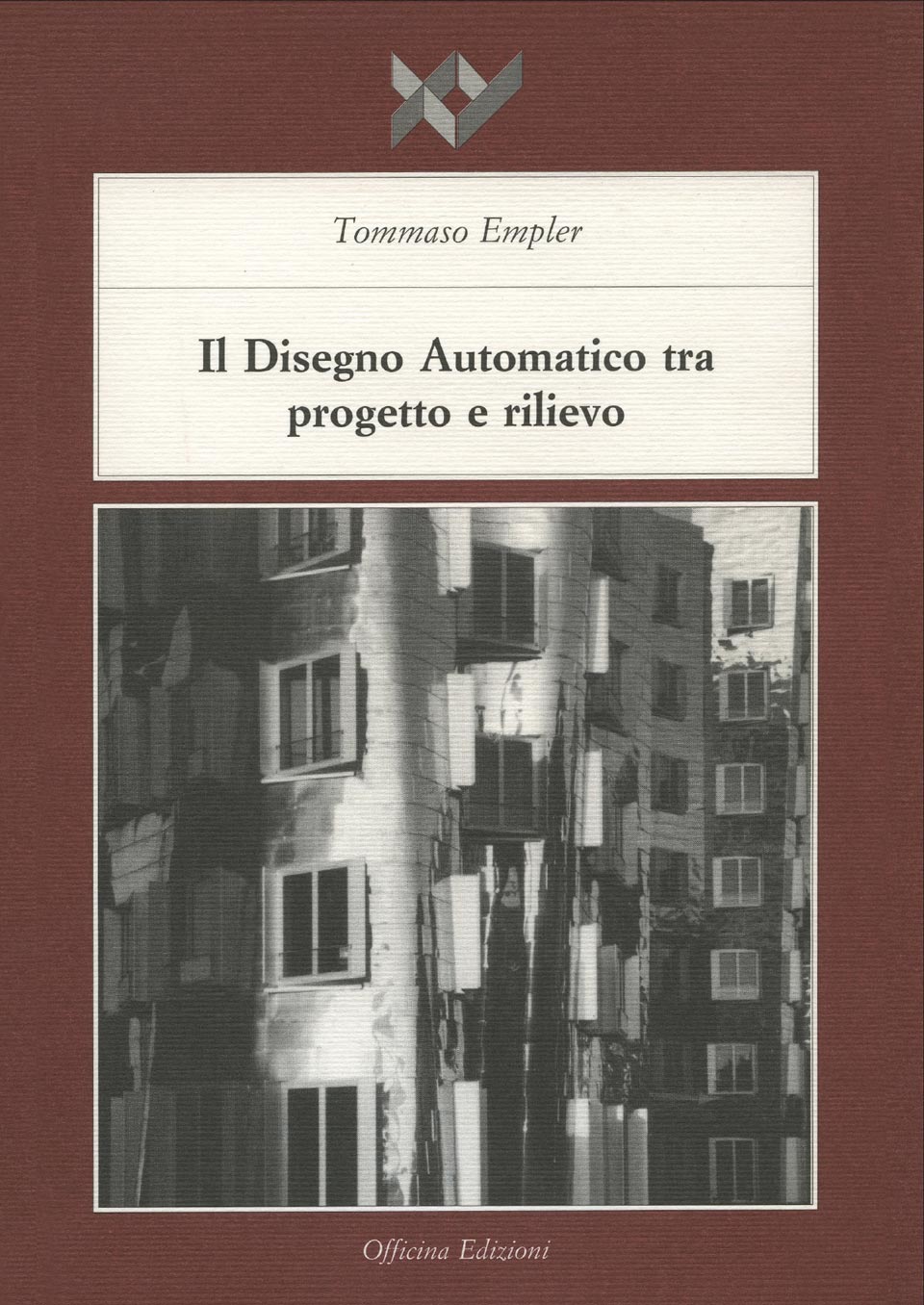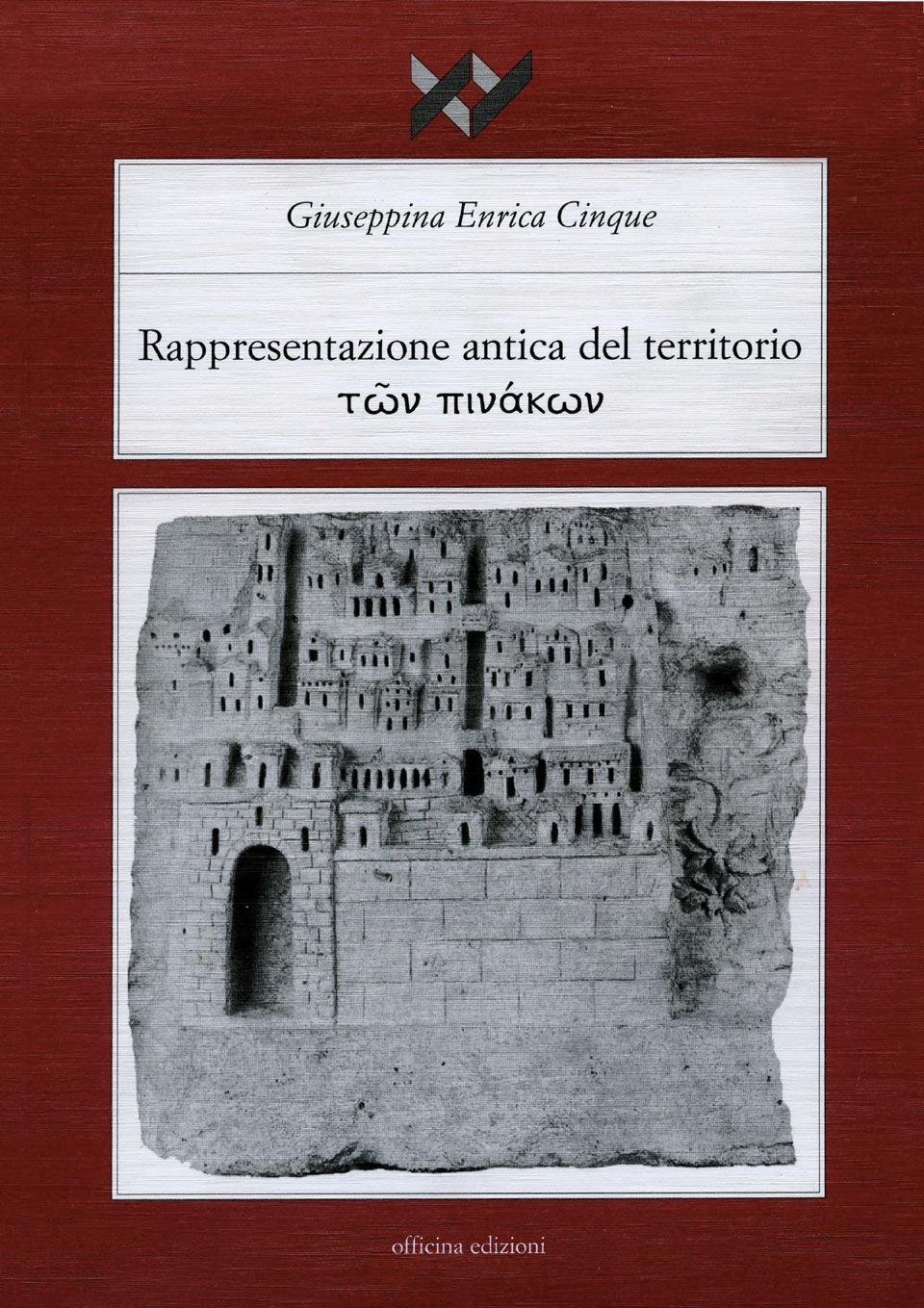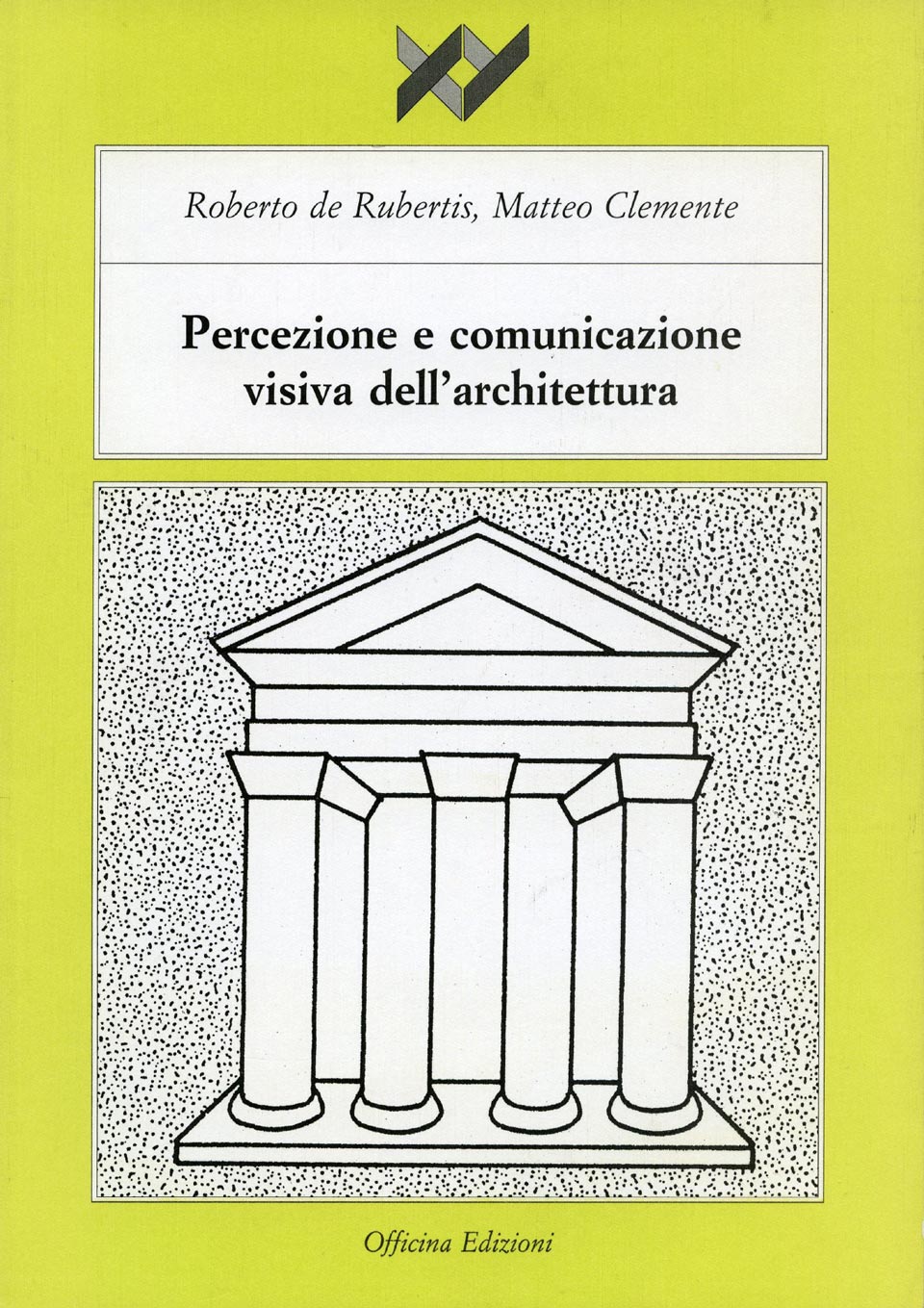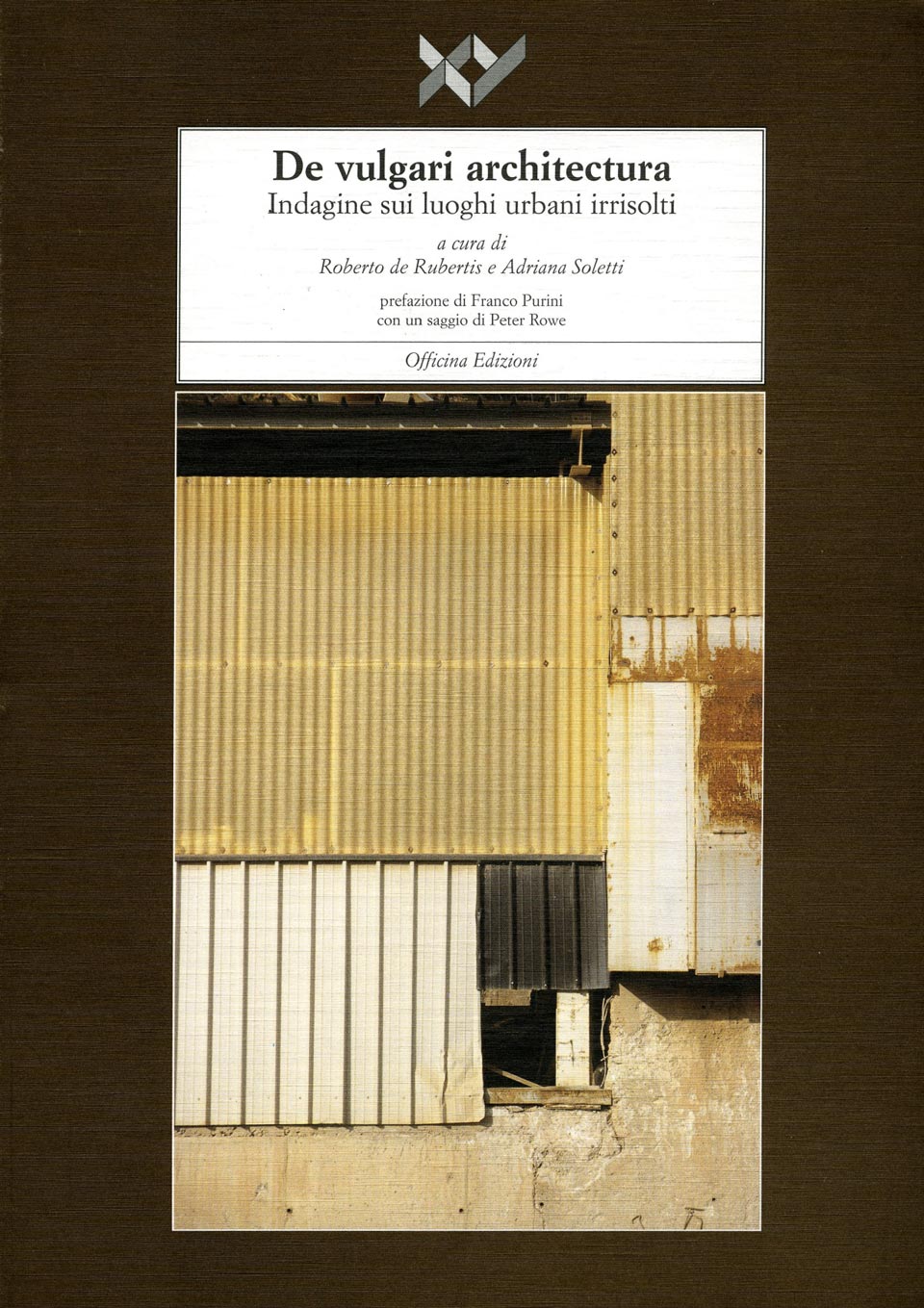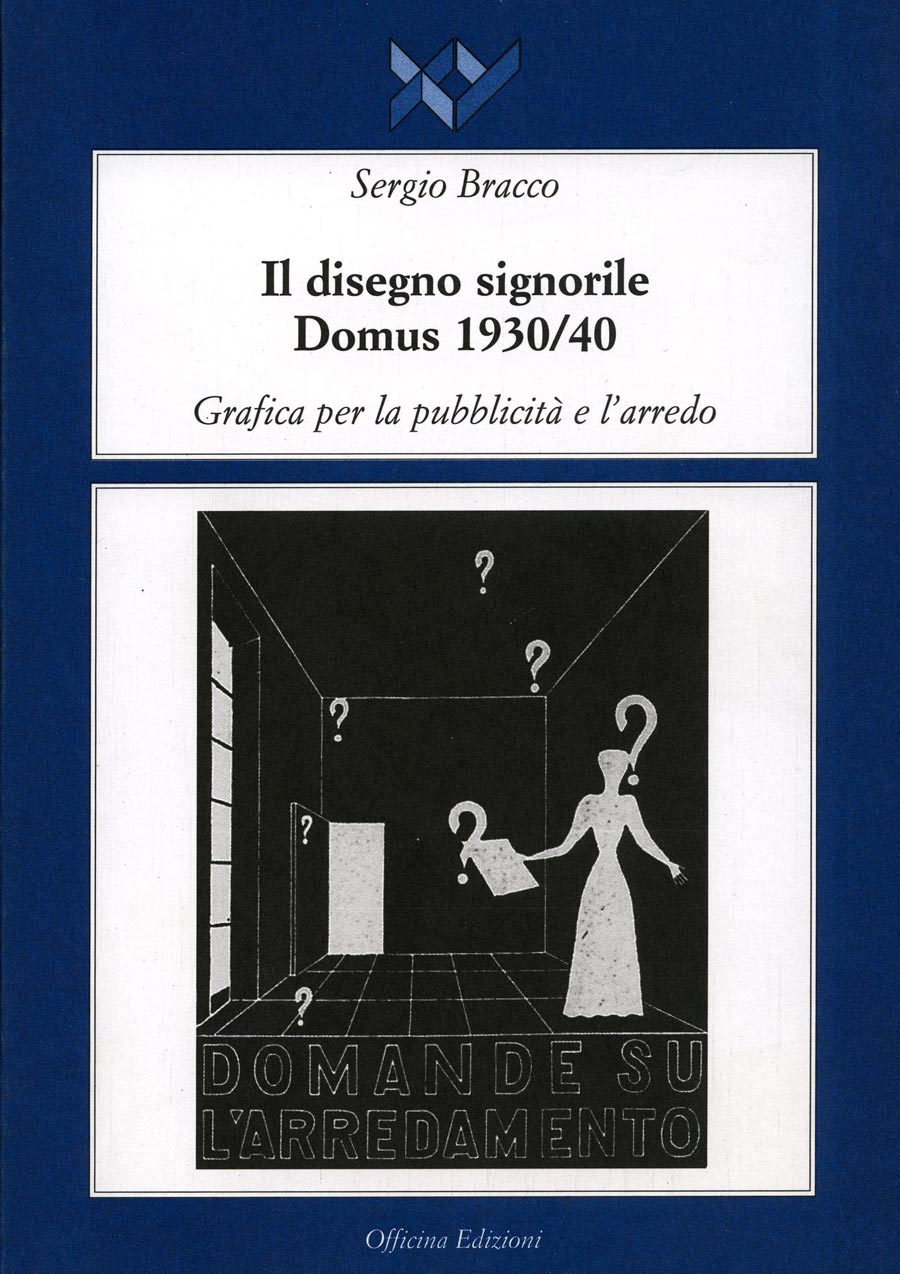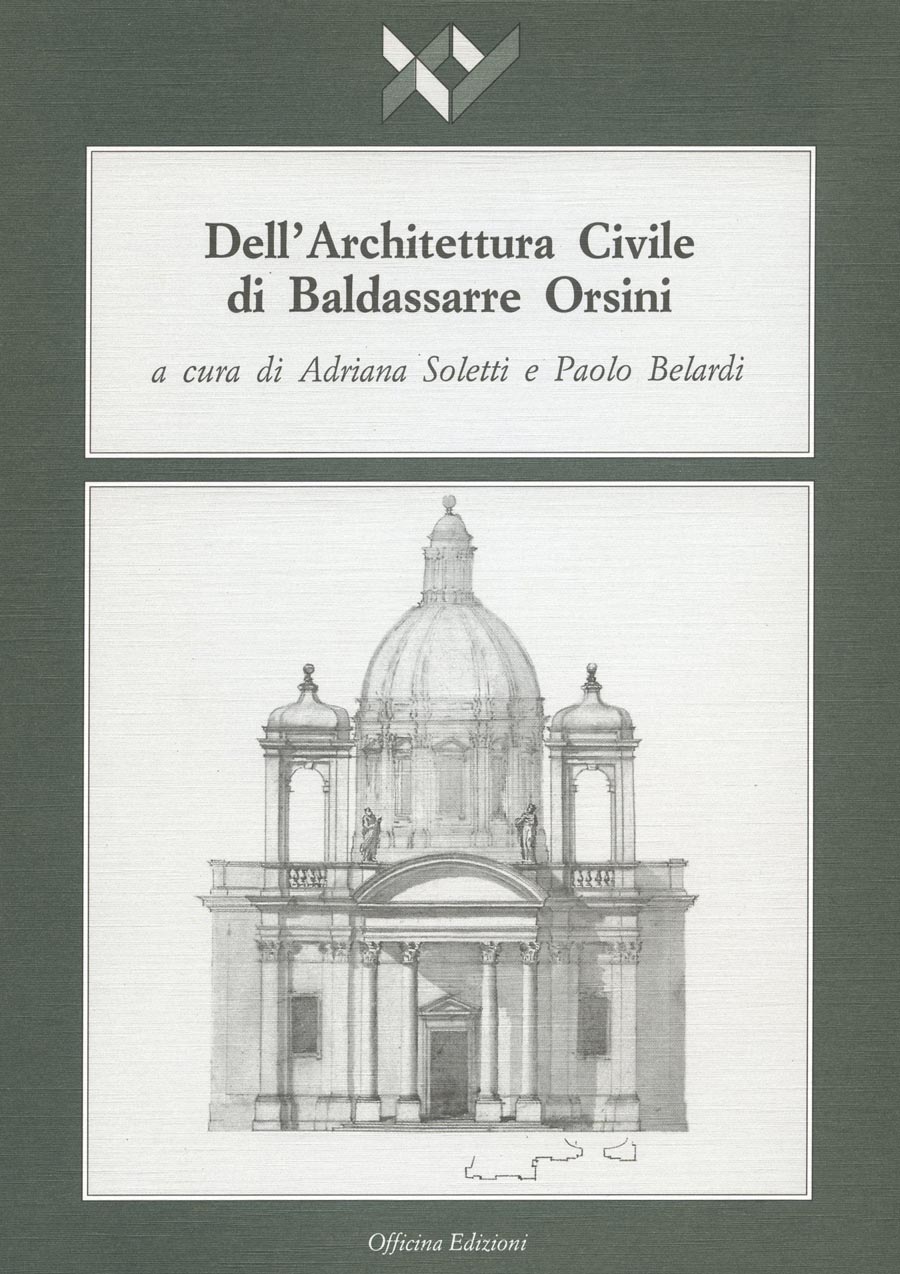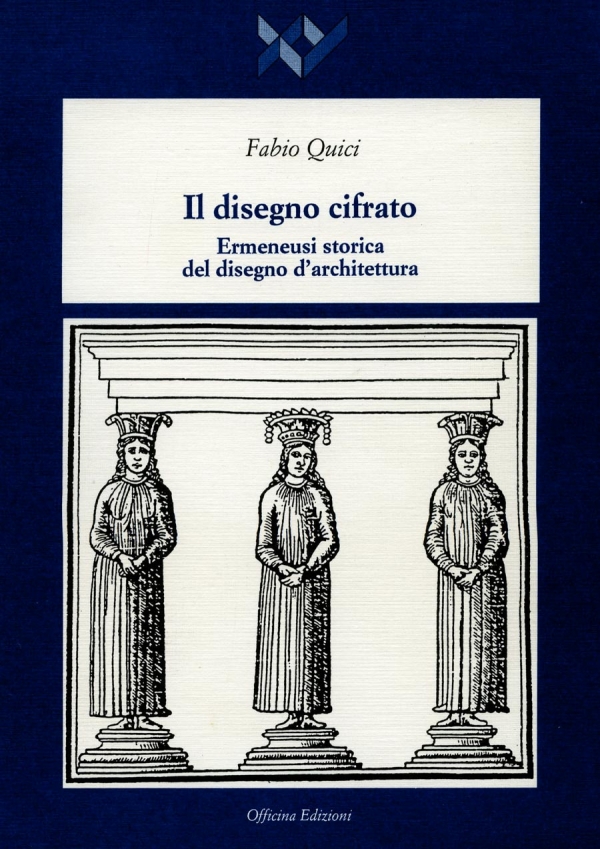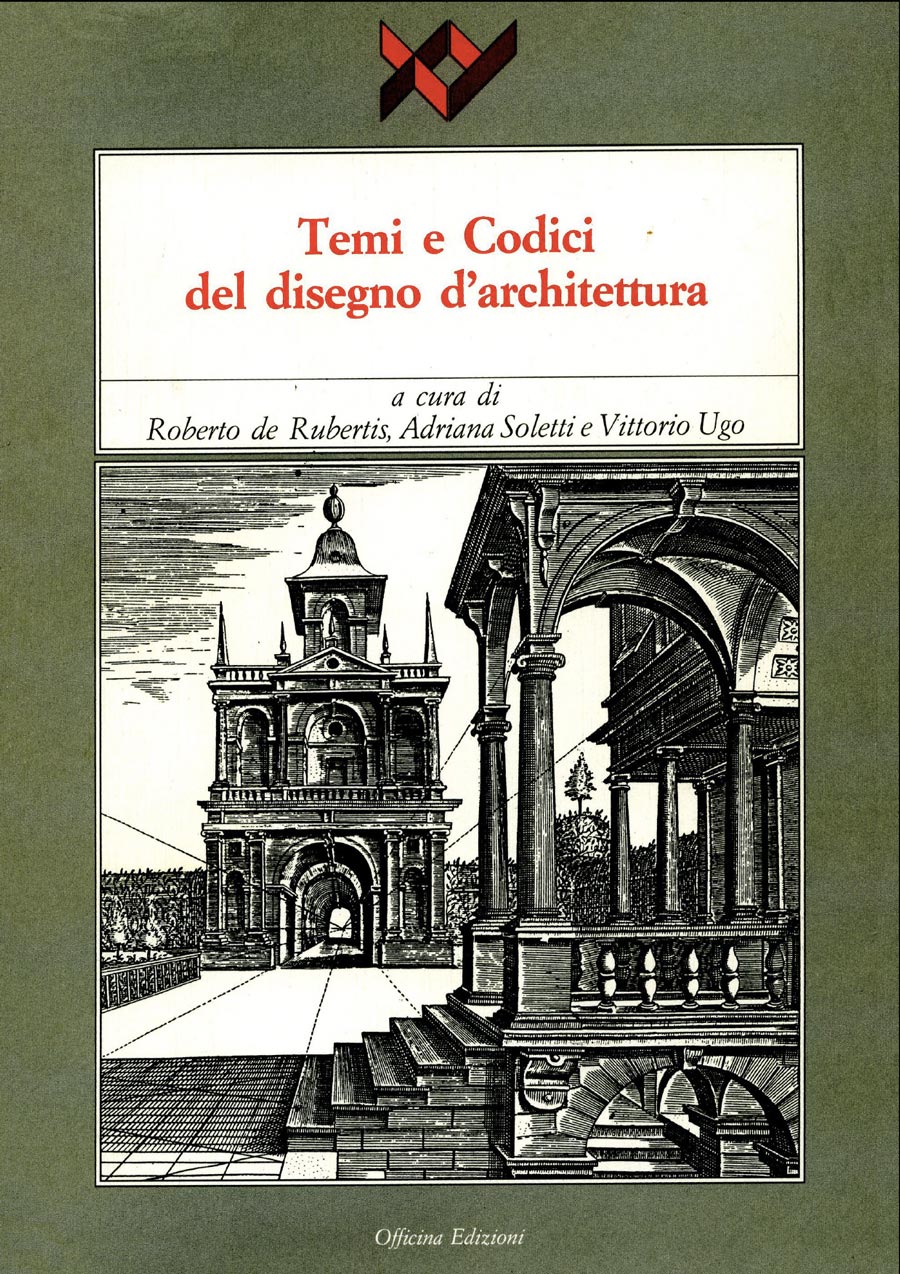Urban periphery has always been viewed in scientific literature as negative: “degraded place” at best, “no place” in a commonly accepted definition. A closer look to a zoned suburb without aesthetic qualities, reveals that there are actually spontaneous realities with a clear figurative identity and a well-defined vocabulary. Based on a concept of “new survey” in order to grasp the quality of urban although unresolved areas, and the study of self-organization processes of the spontaneous city learning about the ongoing tensions, we can act in the territory with architectural plans, fitting into the existing fabric as qualifying pieces, as regenerative stem cells, which have the same genetic tissue. In this sense the “contextualistic” project, seeks figurative congruence with the existing buildings and consciously deduces lexical items. The semiotic perspective of this book, in this sense, seeks a systematic link between certain formal avant-garde solutions of and the same lexical items of self-built poor artifacts, providing a cognitive tool strategy, before leaving up to a concrete intervention on the territory.
